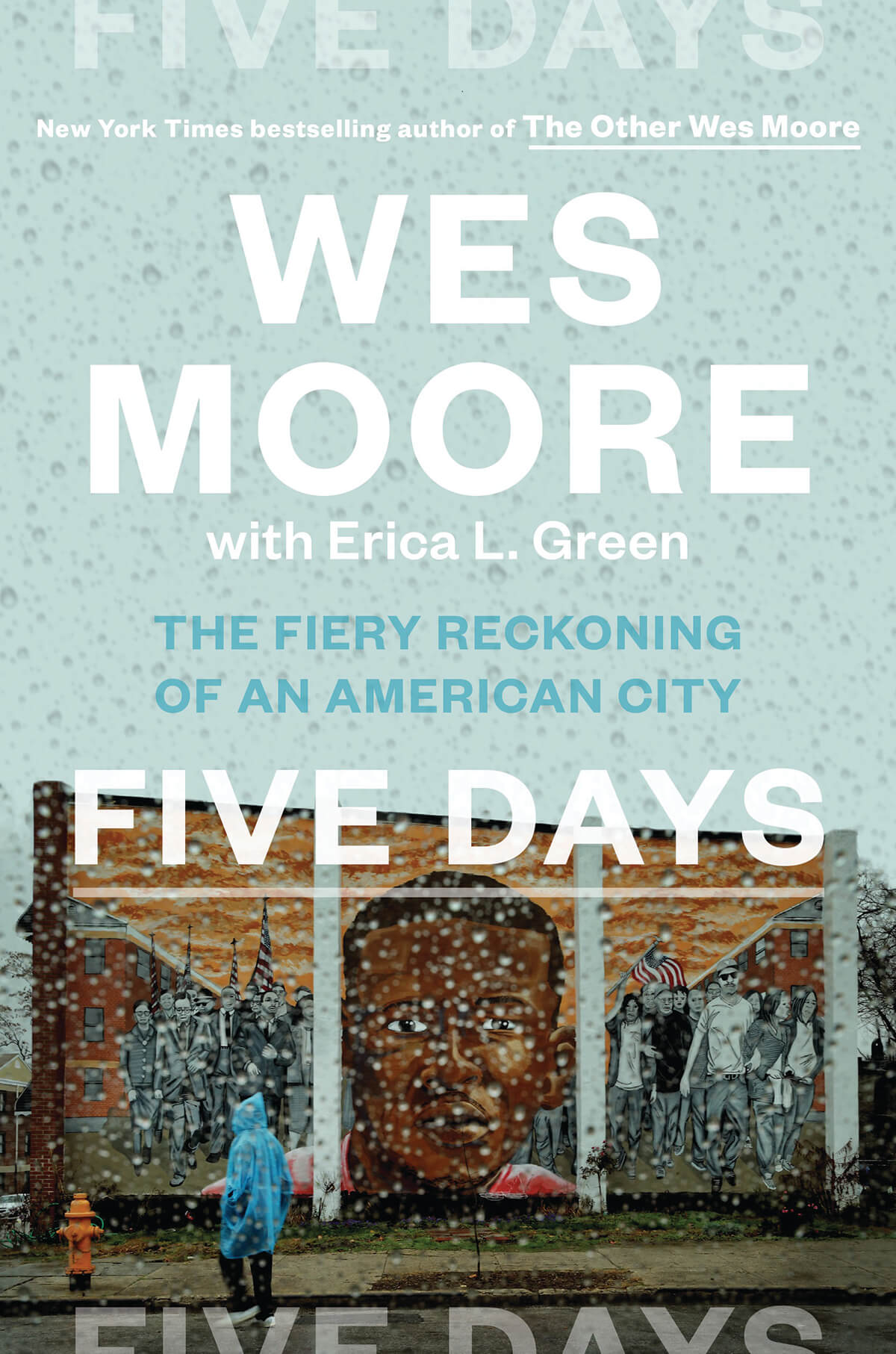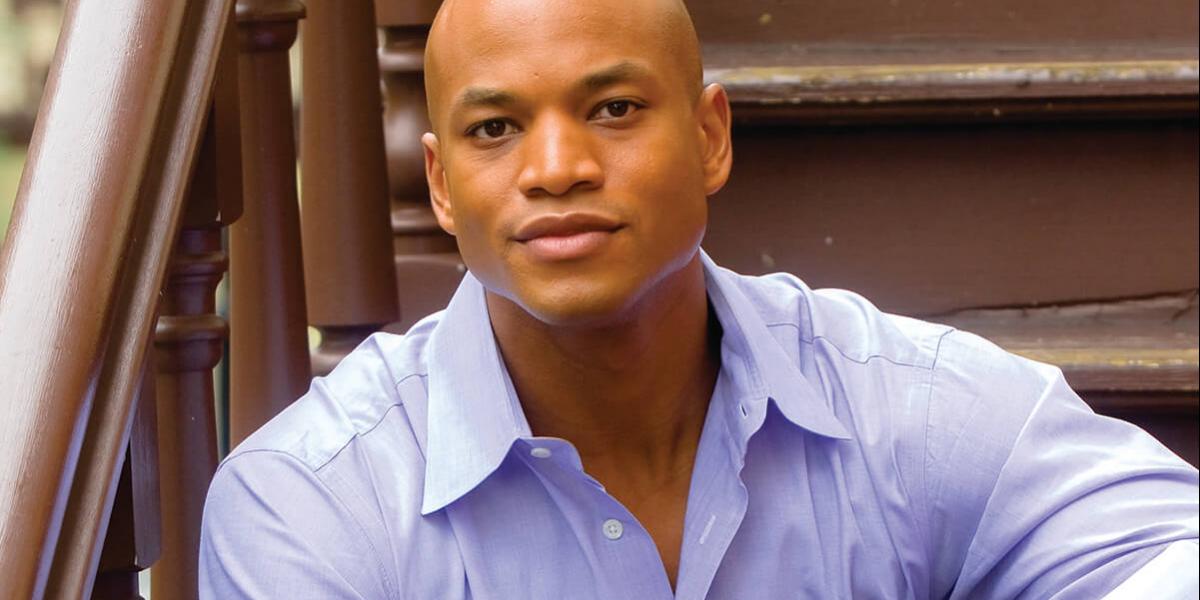News & Community
Wes Moore’s New Book Recounts the Baltimore Uprising with Nuance and Depth
We talk to the 'Five Days' author about his book and the issues it raises.
Wes Moore is a Rhodes Scholar, bestselling author, veteran, and CEO of Robin Hood, one of the largest anti-poverty nonprofits in the country. Most notably, especially as it pertains to his latest book—Five Days: Reckoning of an American City (Penguin Random House)—the 41-year-old married father of two grew up in Baltimore and lives in the city. Baltimoreans may believe they know the story of Freddie Gray and the subsequent protests, riot, and Uprising, but not with the nuance and depth in which it is told here. Writing with former Baltimore Sun and current New York Times journalist Erica Green, the book puzzles together the real-time perspectives of a police major, an activist, attorney Billy Murphy, a former high school basketball star turned protester, then-state Del. Nick Mosby, Shake & Bake recreation center operator Anthony Williams, a city public defender, and Orioles executive vice president John Angelos. If newspaper reporting is the first draft of history, consider this smart, immersive, highly readable work a compelling second or third draft of the events of April 2015—and a chronicling of the lessons that still need to be learned.

You grew up in both the Bronx and Baltimore and your nonprofit is based in New York. Yet, you live here. Why?
In one word, it’s community. This a place where you really feel like you matter. Baltimore is also a city where the future is being written in real time and that’s empowering. Everybody has input and everybody can make an impact.
This book, and the issues it raises, is remarkably prescient given all that’s transpired since the death of George Floyd.
This is a big, complicated time [we’re living in] that’s still unfolding.
Who is Greg Butler and why is his story included in the book?
Greg Butler is a former high school basketball star. He became a protester and pleaded guilty to obstructing firefighters during the Uprising. He cut the firehose they were using while the CVS pharmacy at Penn-North was burning, and it’s him running from the police on the cover of Time magazine. I wanted to understand his story, the choices he made at the time, and to make sense of something that didn’t seem to make sense. Greg is a person who is an anchor in the story. He was going to go play basketball in college and then, only because the Baltimore city school system screwed up his grades, he lost his scholarship. He’s a guy who was doing everything right, and, through no fault of his own, because of a school system glitch, his scholarship is taken away. He thought he had a pathway out. He’s processing the entire system that’s been created when he’s protesting Freddie Gray.
Baltimoreans will know Billy Murphy, Nick Mosby, and John Angelos, but there’s another character who they don’t likely know, Jenny Egan. Who is she?
She’s a juvenile public defender and thoughtful in many ways. She has fought for the kids in this city that most people never consider. Jenny almost predicted what happened [with the Uprising]. The problems facing kids in this city are so long in the making, but it’s like people keep saying, “Be patient, we’ll address them. Be compliant.” Meanwhile, these kids involved in the Uprising exist and live in a world that exhorts a powerful negative impact on their lives.
At the end of the book, you discuss the historical and structural issues confronting Baltimore—problems that can’t be solved at an individual level. But really, this book is about even more profound questions.
We are facing a deeply troubling economic crisis at the moment, and too many people in this city and country were already in economic crisis when this virus hit. We have to look at ourselves as a society and ask, “How much pain are we willing to tolerate in our neighbors?” We need to have thoughtful conversations about that kind of society we want to have.
